
FREE CLASS
Energy: Cleaning Up Electricity
75% of GHG emissions can be traced back to our energy needs. Learn about what it will take to get to a 100% clean energy sector.
- 1,500+ students enrolled
- Learn at your own pace
- Community of 10k+ climate action drivers
What's inside?
We explore how deeply the energy sector impacts climate change and outline the challenges of deploying low-carbon energy technologies (such as wind and solar) which experts predict will be 95% of the energy capacity we add globally in the next 5 years.
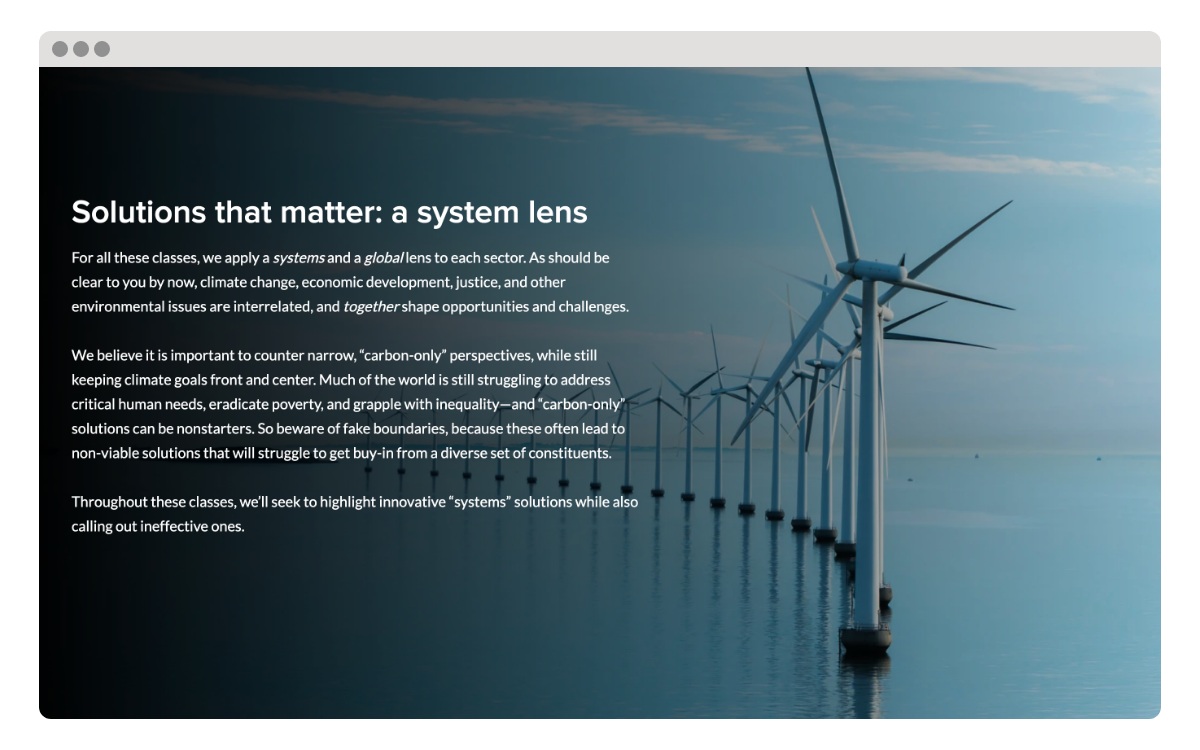
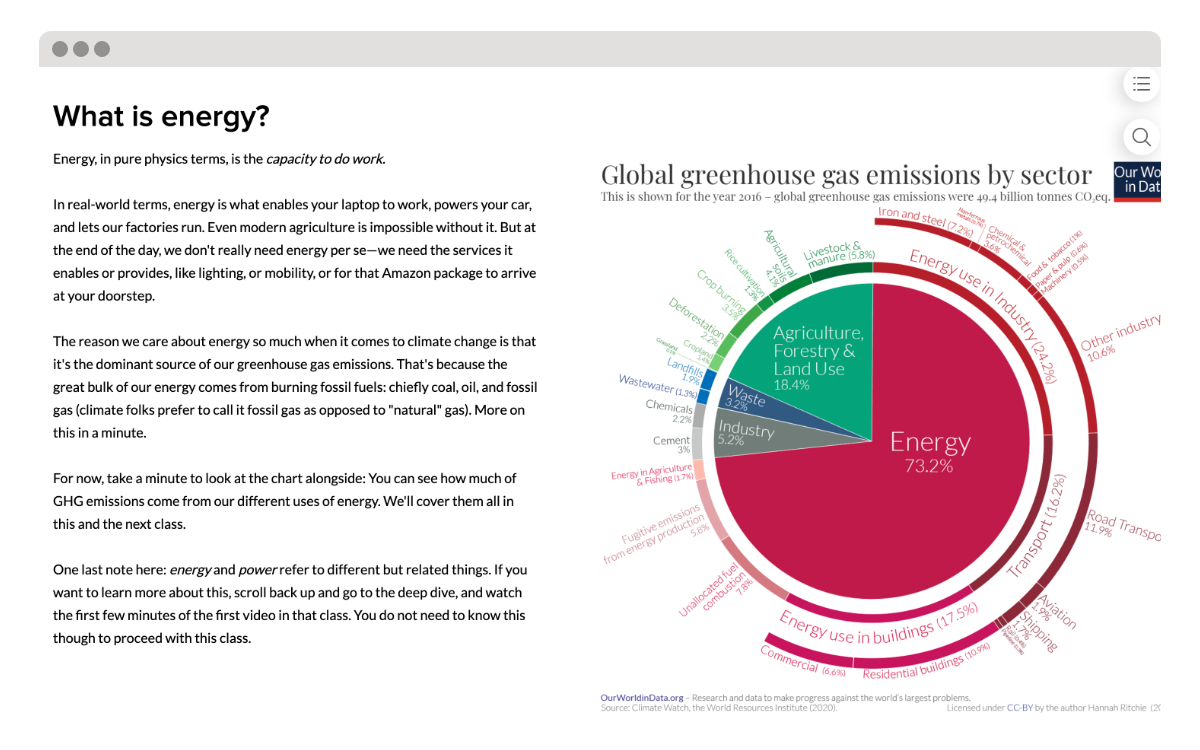
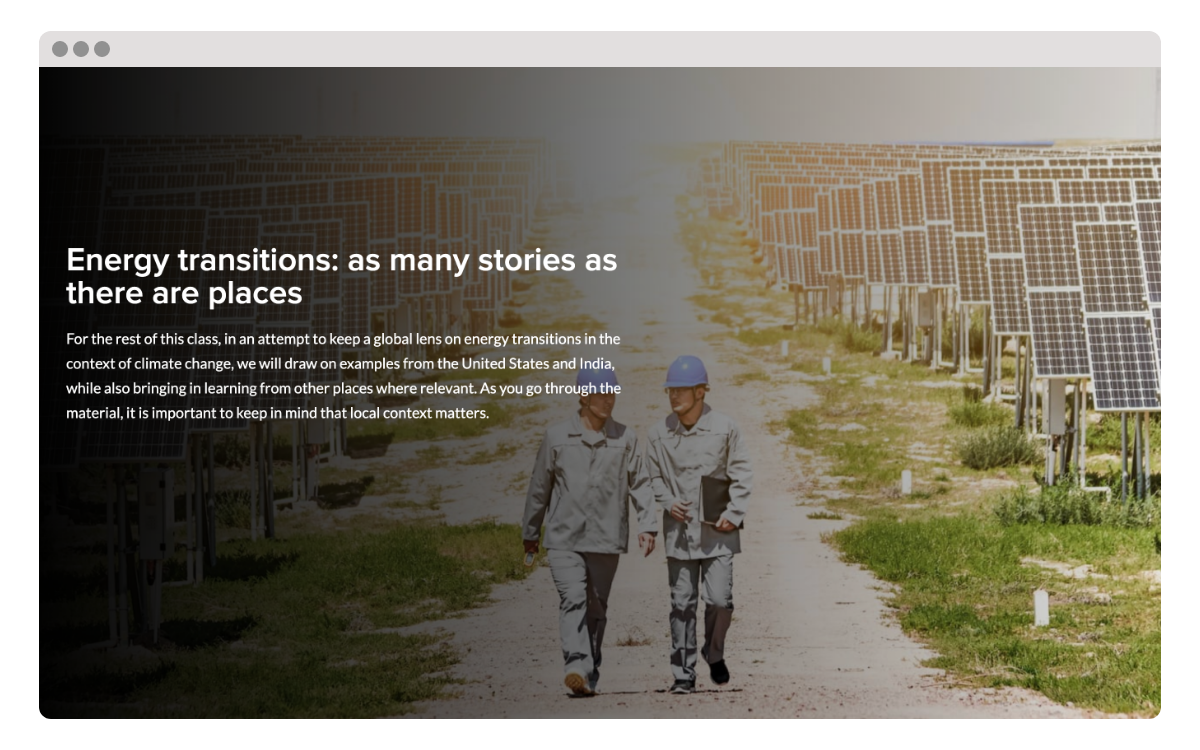
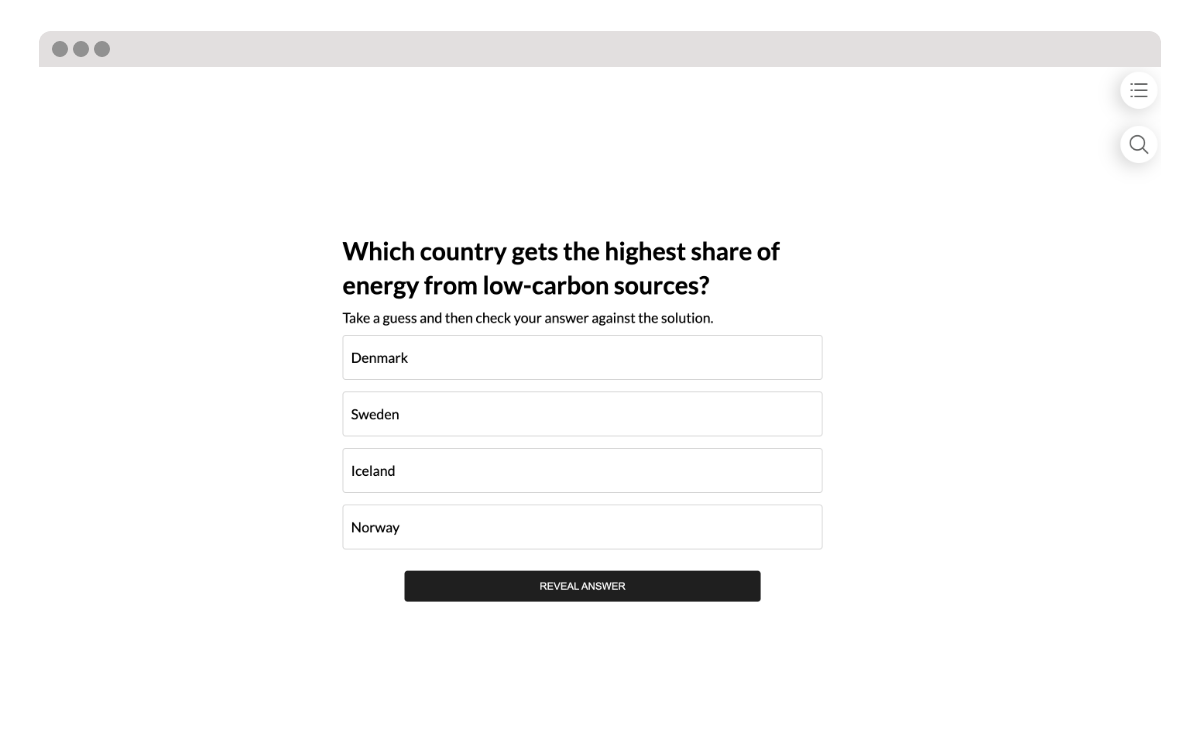
What you will learn
Energy and power
An overview of energy, power, and their relationship to carbon emissions.
Clean energy solutions
From efficiency technologies to renewables such as solar, wind, biomass, and geothermal (a $2T economy³ by 2030).
Electricity management and regulation
A vastly complex regulatory and market system interwoven with the technical grid.
Challenges of variable resources
Intermittency, peak load requirements, and storage.
Take the free class
Share this class
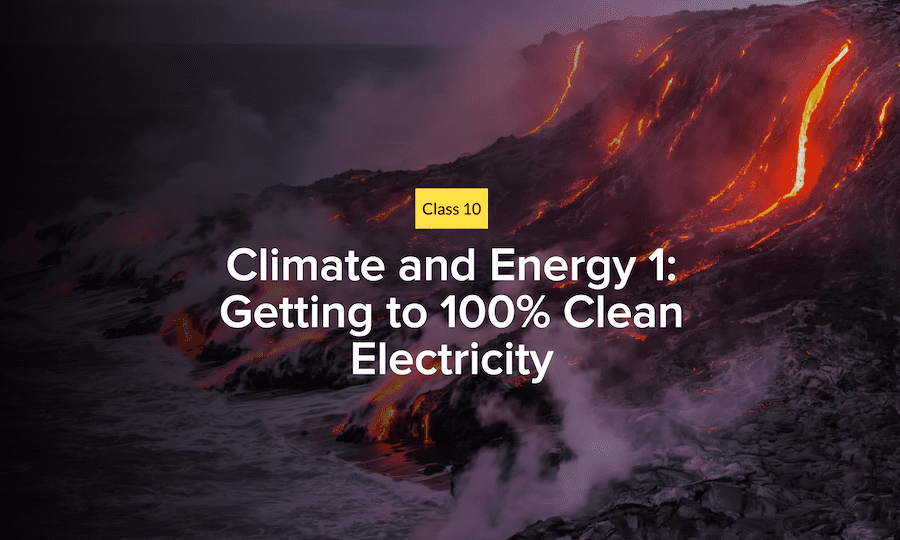
FREE CLASS - SECTION BREAKDOWN
Class content
- 7 sections
- Short quizzes
- Links for further reading
We start with the learning goals for this class – for you to develop the conceptual and analytical skills to understand the solutions and challenges to transitioning to 100% clean energy.
In this module, we’ll answer basic questions like what is energy? Why do we need to tackle energy use to address climate change? We’ll also look at the energy transitions of two large economies: India and USA.
We’ll cover sources of clean electricity, how the electrical system works on a technical level and the concept of energy efficiency.
100% clean electricity: Is this possible? The short answer to this question is YES. 100% clean electricity systems are feasible almost everywhere, but there are significant challenges in achieving this goal. This module dives into these challenges.
Electricity is a *very* political subject. Fossil fuel companies lobby hard to block climate legislation at all levels of government everywhere. This module examines a few political and justice dimensions of energy transitions.
A final module on the importance of viewing the energy sector with a system lens.
The energy sector is a massive climate change driver.
Take this free class to really understand the impact and implications of the transforming energy sector on climate change.

climate fellowship
Climate Change: Learning for Action
- 100% online
- 7+ guest experts
- Hands-on projects
- 12 weeks | 6-12 hours/week
- Financial aid available